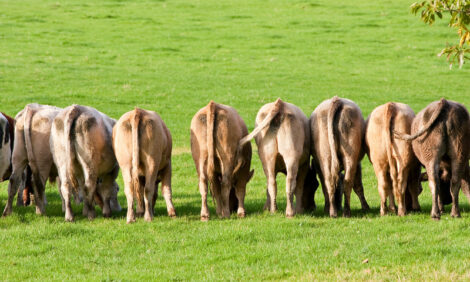



Is Moist Feed Cost Effective?
UK - Dairy farmers can increase milk production simply by challenging the current trend of using moist feeds in their cows’ diet.Steve Brown, ruminant feeds product manager for Wynnstay, told Stackyard News that there is evidence to suggest that dairy farmers should question both the nutritional and financial wisdom of including too much moist feed in the diet of highly productive dairy cows.
“The current economics of dairy farming mean that it is all too easy for farm and herd managers to be won over by the price per tonne of moist feeds. But it is essential to remember that there are no calories in water,” Mr Brown remarks.
In order to assess the real cost, Mr Brown advises farmers to always convert the price per tonne to a dry matter price reports Stackyard News.
“An £80/tonne wet feed with a 35 per cent dry matter content, energy content of 14MJ/kg DM, crude protein of 350g/kg DM (35 perc ent) and oil content of 100g/kg DM (10 per cent) seems at first sight to be good value,” Mr Brown explains. “However, on an as fed basis each kilo will only actually deliver 4.9MJ/kg of energy, 12.25 per cent crude protein and 3.5 per cent oil.”
Therefore, in order for each cow to receive the quoted nutrient values, the cost per tonne must be divided by the dry matter content (e.g. £80 divided by 0.35). All of a sudden, the £80/tonne price tag rises to a considerably less attractive £228.57 per tonne of dry matter.”
TheCattleSite News Desk


